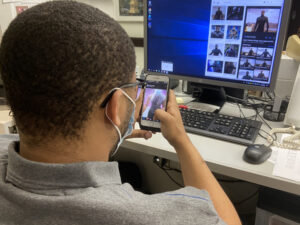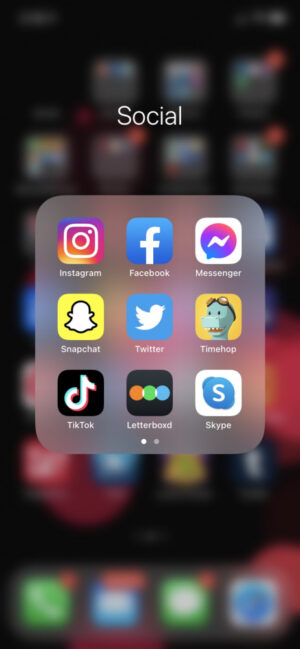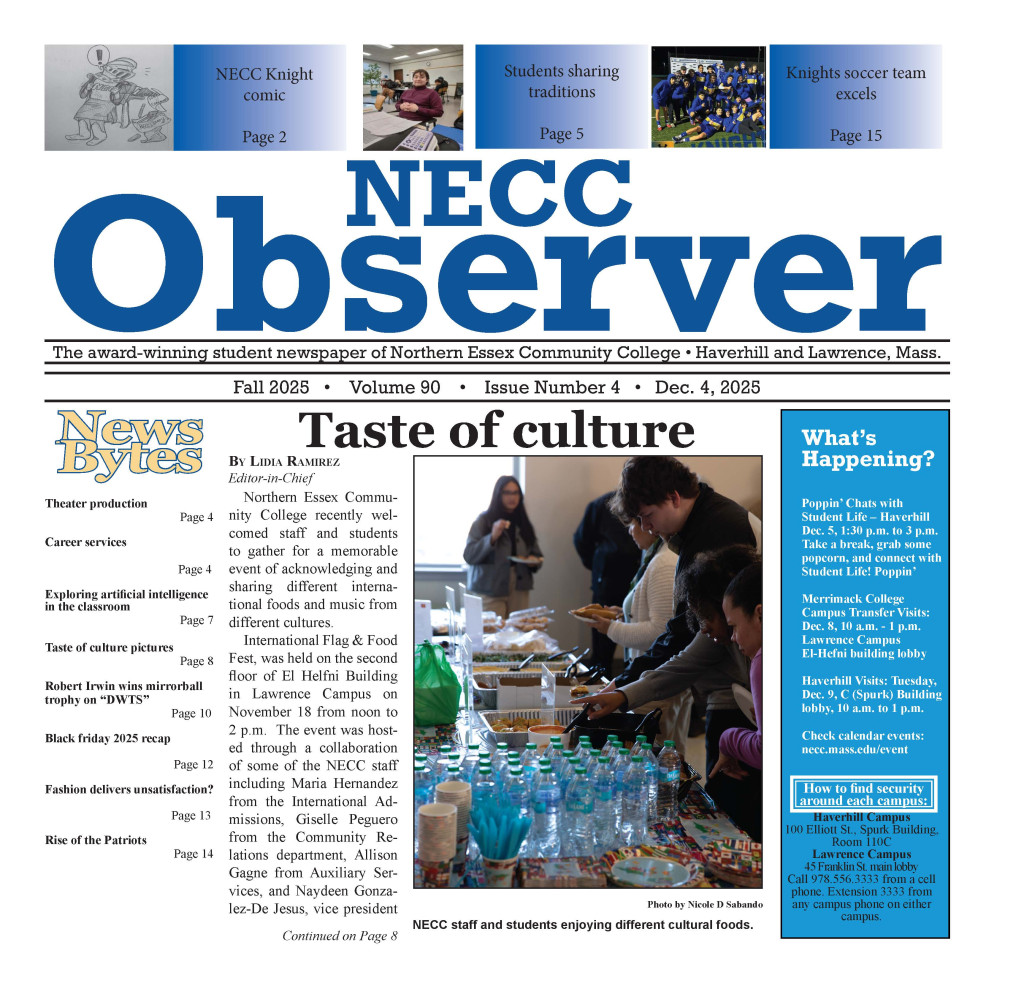2020 has been a hectic year full of sadness, loneliness, and disappointment.
We have been trapped within our houses with dwindling forms of entertainment to pass the time. Video games have been completed, television shows binged, and movie credits have rolled.
One consistent form of media that has consistent replay value is music. You’re cleaning your house and no matter how many times you have listened you are always up for throwing on a good album. Even though we are in a pandemic, artists have been able to consistently put out amazing albums. These are the albums that have kept me going through these “trying times!”
- “Feet of Clay” (deluxe edition) by Earl Sweatshirt
Earl Sweatshirt is the Edgar Allen Poe of the rap game. Ever since the release of his debut album “Doris,” Earl has addressed dark topics in his lyrics such as themes of depression, mental health, broken families, and rising to fame at a young age. Dark undertones have been a constant in his music but only recently his sound has started to take an experimental change. On his most recent album “Feet of Clay,” Earl samples jazz music and distorts it to fit the dark vibe of the album. He also changes the way he used to rap to more of a spoken word form. Throughout this album you start to see what a tortured sole this man is and how much loss he had to go through. The best song of this album is the single EAST. The song uses this accordion sample on loop and Earl slightly distorts his vocals to create this uncomfortable feeling. In the lyrics of the song Earl addresses the relationships he lost, the death of his grandma, and the overall hopelessness he has.
- “Alfredo” by Freddie Gibbs and The Alchemist
Freddie Gibbs has had an interesting evolution in his overall sound. He has gone from generic underground hood anthems to this new refined sound. Not to say he hasn’t always been talented it’s just ever since 2014 album “Pinata” he has found a very consistent sound. The album itself is amazing, throughout my multiple listens of the album I could not get myself to skip a single song. The album feels like a Scorsese crime film where you follow the protagonist throughout his journey in the criminal underworld. It also has the same immaculate swagger of a Scorsese film. I must give The Alchemist props for the production of this album. I extremely enjoyed the different samples, especially how at the end of some of the songs they sample dialogue from old movies. The best song on the album is “Something to Rap About” featuring Tyler the Creator. The whole song has this chilled laid-back vibe which is complemented by Tyler and Freddie rapping about their come up and how they are currently living in luxury.
3. “Tickets to my Downfall” by Machine Gun Kelly
Machine gun Kelly or MGK as a rapper is a second-rate rapper at best. If you asked me to name you one of his previous albums, I could not. To be completely honest, I only know him from his public feud with Eminem. The transformation he has made on this album is crazy, he has gone from B list rapper to A list pop punk star. He masterfully captures that late 90s early 2000s Blink 182, Green Day type sound while also making it his own. I am really hoping to see more of this style from him because it just works so perfectly.
- “The P.U.K.E Mixtapes” volumes 1&2 by payday (favorite new artist)
Payday is a 16-year-old female rapper from Seattle. She has just released 2 mixtapes called the P.U.K.E tapes. The best way to describe her and her sound is that she is Billie Eilish if Billie Eilish could rap. Her sound is unique because it trades off from being melodic singing/rapping to boom bap style of rap. Her beat selection which can range from these slowed down kind of lo-fi beats to these fast tempo upbeat musical beats. Besides her beats she also demonstrates this extremely verbose vocabulary in her lyrics. Please don’t be surprised if she blows up in the next couple of years.



